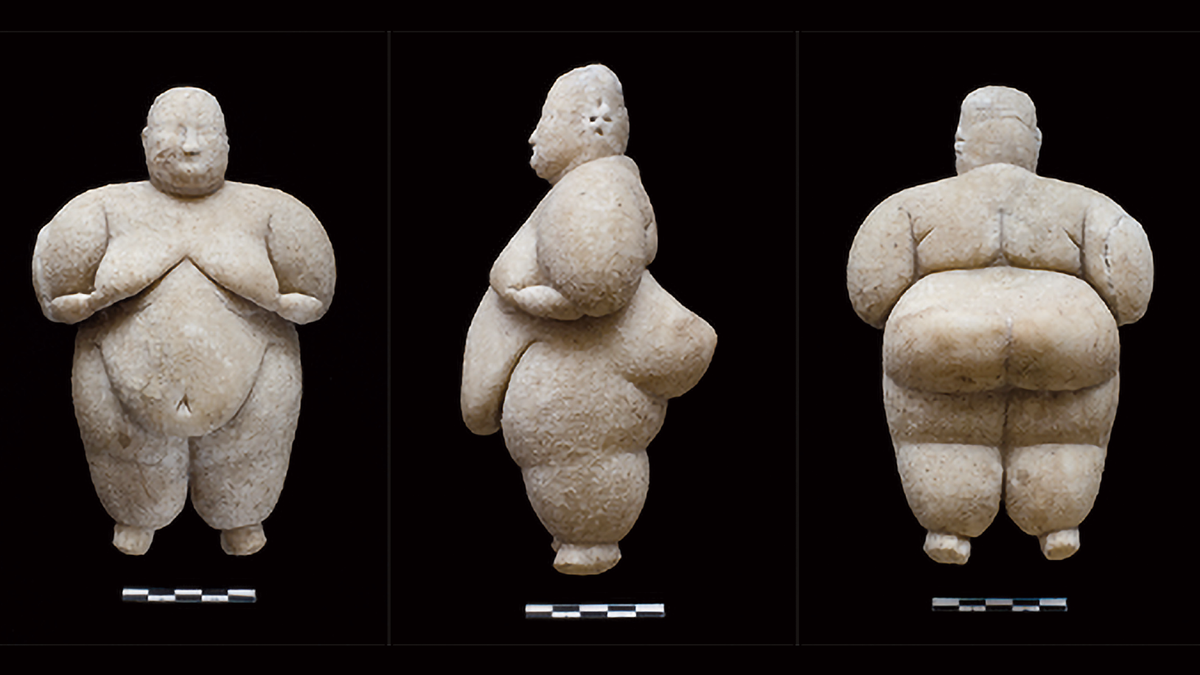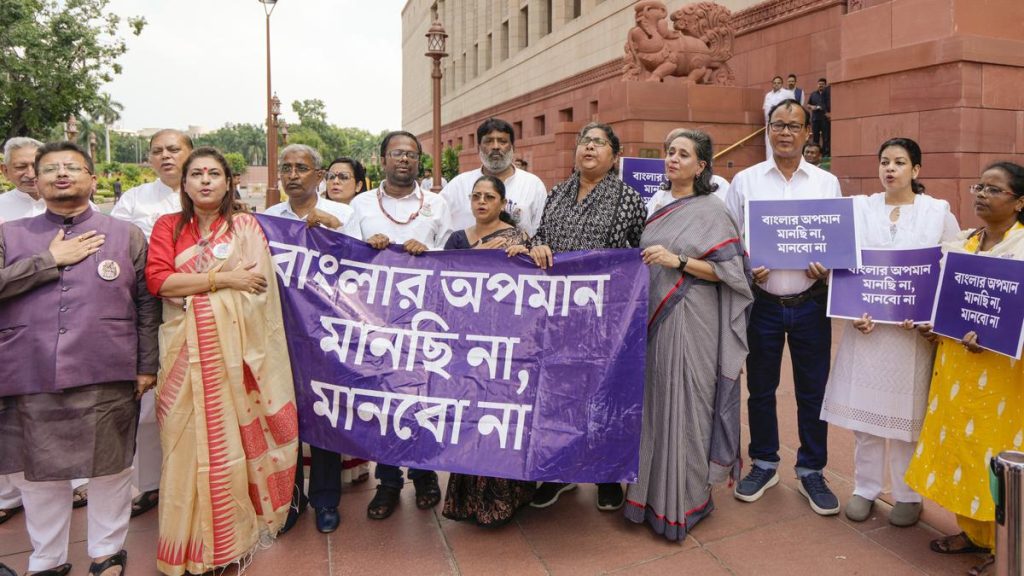Now Reading: 9,000-Year-Old Turkish Proto-City Reveals Female-Centered Society
-
01
9,000-Year-Old Turkish Proto-City Reveals Female-Centered Society
9,000-Year-Old Turkish Proto-City Reveals Female-Centered Society

quick Summary
- Ancient DNA research confirms Çatalhöyük, a 9,000-year-old proto-city in Turkey, had a female-centered social association.
- DNA analysis of 131 skeletons buried beneath house floors revealed that familial connections within households were maternally aligned. Nuclear families and extended relatives often lived and were buried closely.
- Researchers observed trends like maternal lineages shaping housing structures and grave goods being more frequently associated with female babies.
- This marks the oldest known example of a female-centered agricultural society based on systematic genetic evidence.
- Çatalhöyük contrasts with patrilineal patterns found in Neolithic Europe, raising questions about why such societal shifts occurred.
Image Captions:
- A figurine from Çatalhöyük believed to depict symbolic importance of women.
- An infant was buried alongside an adult woman at Çatalhöyük.
Indian Opinion analysis
The findings regarding Çatalhöyük offer insight into early social organizations during the transition to agriculture-a defining moment for human civilization globally. For India, where similar transitions led to regional advancements like the Indus Valley Civilization thousands of years later, the study underscores how differing gender systems influenced early societies. Understanding alternative models like this female-centered structure broadens perspectives on ancient governance and cultural practices.
Additionally, while patriarchal systems dominate much historical interpretation globally-including in South asian traditions-the matrilineal patterns seen in Çatalhöyük challenge assumptions about global male dominance during agricultural eras. This finding also invites comparisons to matriarchal communities still existing in parts of India (e.g., MeghalayaS Khasi tribe), shedding light on enduring variations across cultures and timeframes.
Such research deepens archaeological discourse by exploring variations rather than defaulting to widely assumed patriarchal norms, encouraging caution against generalizations about ancient societies’ power dynamics.

























